The human impact on our planet can hardly be underestimated. Our presence echoes through all layers of the Earth. How can we design our next habitat that balances geology and technology? Enter geodesign, a proposal to design for and with the geology of Earth. We have identified eight key defining moments as an introduction to this emerging design movement—from ancient insight to artificial intelligence.
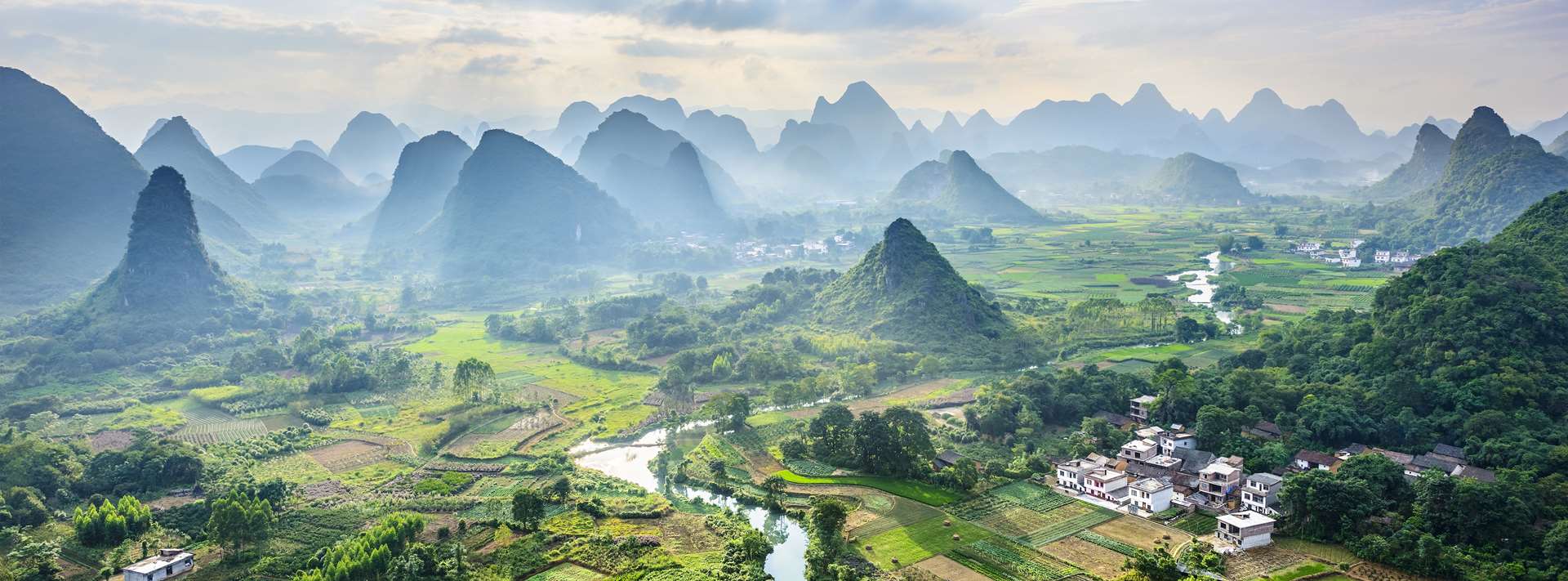
Ancient geodesign
Geodesign is not a new thing. In fact, since the selection of our early tribal settlements, we have been altering our landscapes. Our ancestors were fighting for survival to guard themselves from natural disasters such as floods and mud falls. Based on ancient insight, our disaster-torched ancestors applied cosmological rules to harmonize themselves with their habitat, thereby changing geography by design. Geodesign is our ancient art of survival, it comes natural to us.
Ancient geodesign
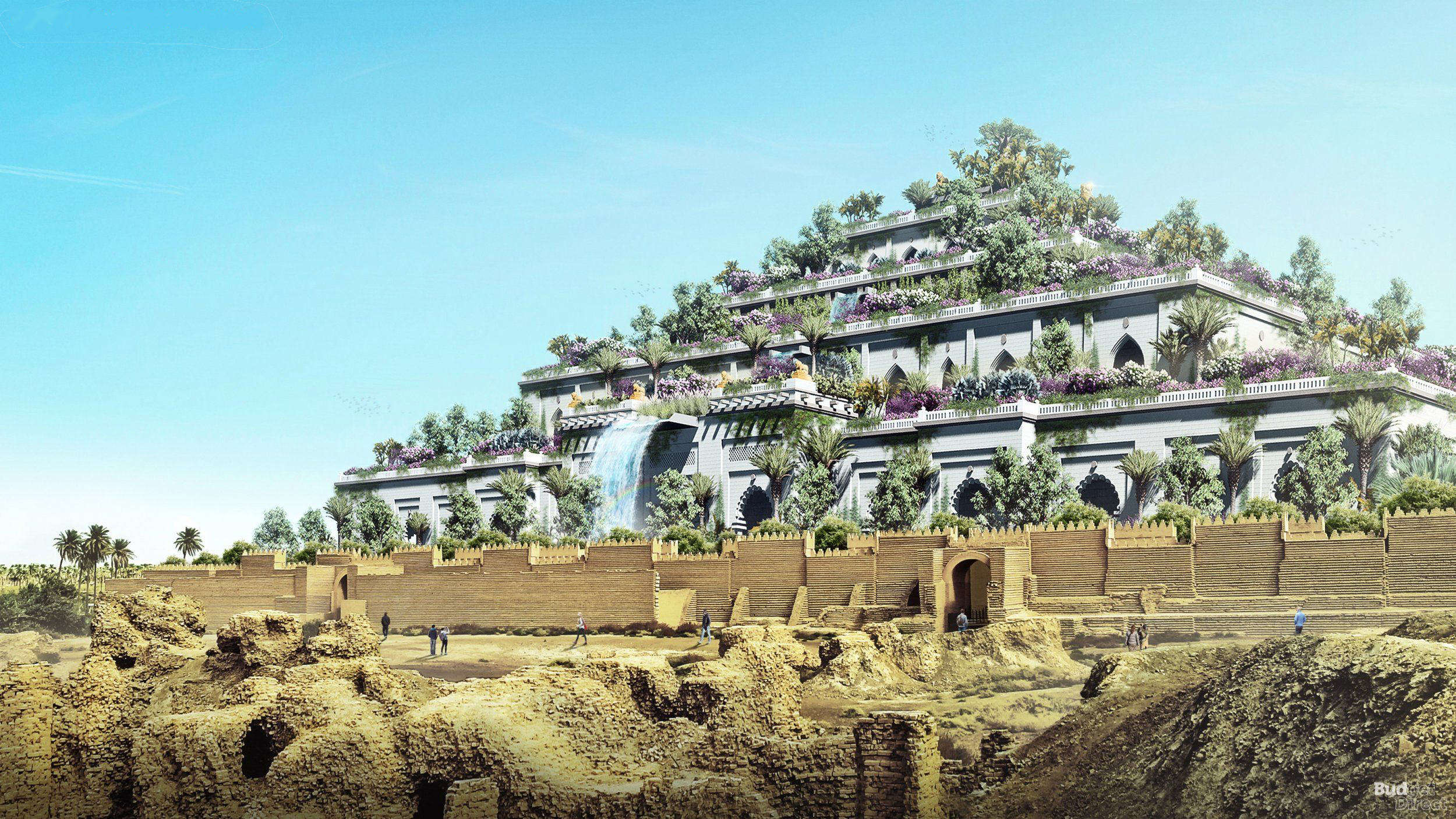
Paradise Earth

Ever since Adam and Eve were cast out of the Garden of Eden, we have tried to design our habitat after our desired image of paradise as one way to make our lives more enjoyable, healthier and greener. But make no mistake, our perceived relation with nature—perpetuated by divine ideals, virtues, ideologies and dogmas—is central to how we design the Earth.
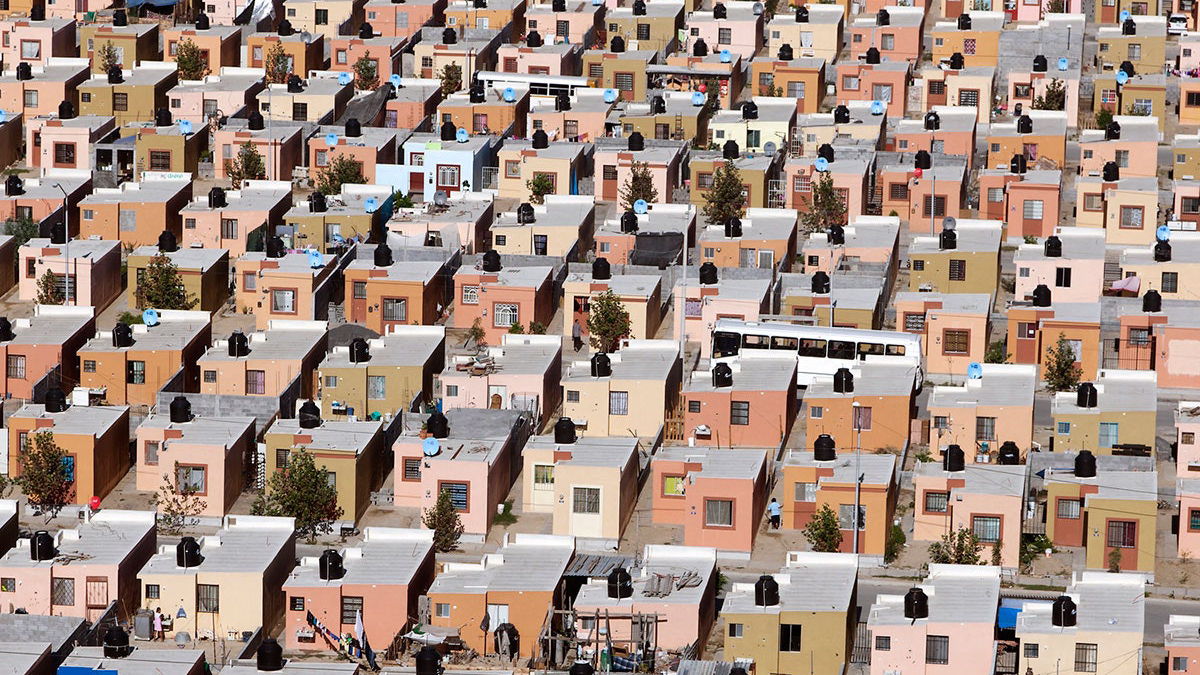
Urban utopias
Five hundred years ago, our concrete jungles were merely an utopian idea, now they have become the epitome of our built environment. We have carpeted an 'urbansphere' on top of the biosphere. Similar to how the biosphere built itself on top of the geosphere. We are coevolving with our habitat. Who knows, perhaps your next urban utopian idea might build the foundation of our next habitat.
Urban utopias
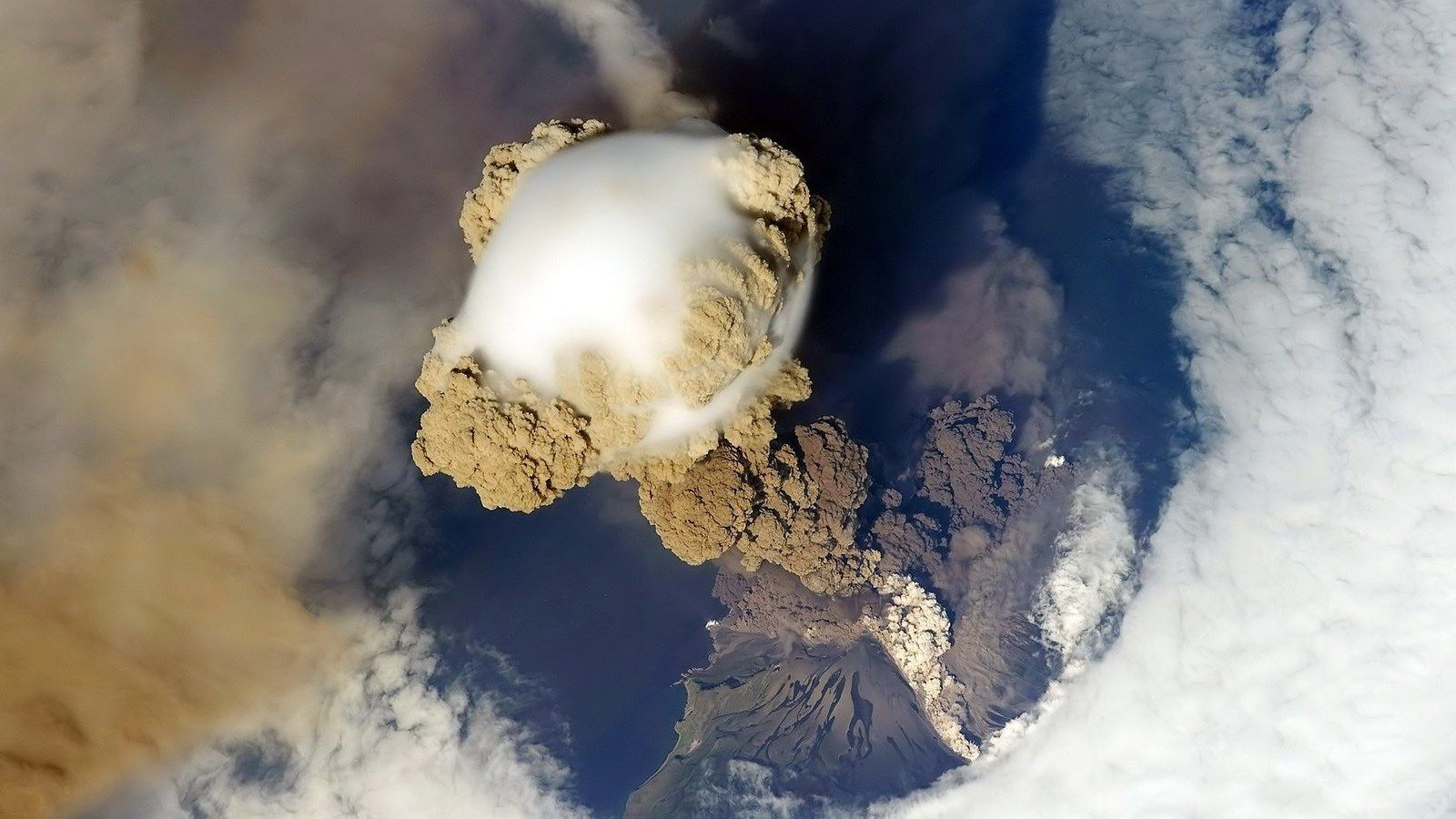
The Big Bang of geodesign

The 20th century was marked by a Big Bang of technological advancements that later came to define geodesign, from local-scale to planetary-scale technology. With one gigantic Big Bang, humanity could create such a strong geological and atmospheric force that could alter the habitat and climate as we knew it. Although we like to see technologies as a single object, technology is in fact an ongoing process that we need to commit to, and negotiate in our social realm. Never forget, we are technological beings by nature.
The Big Bang of geodesign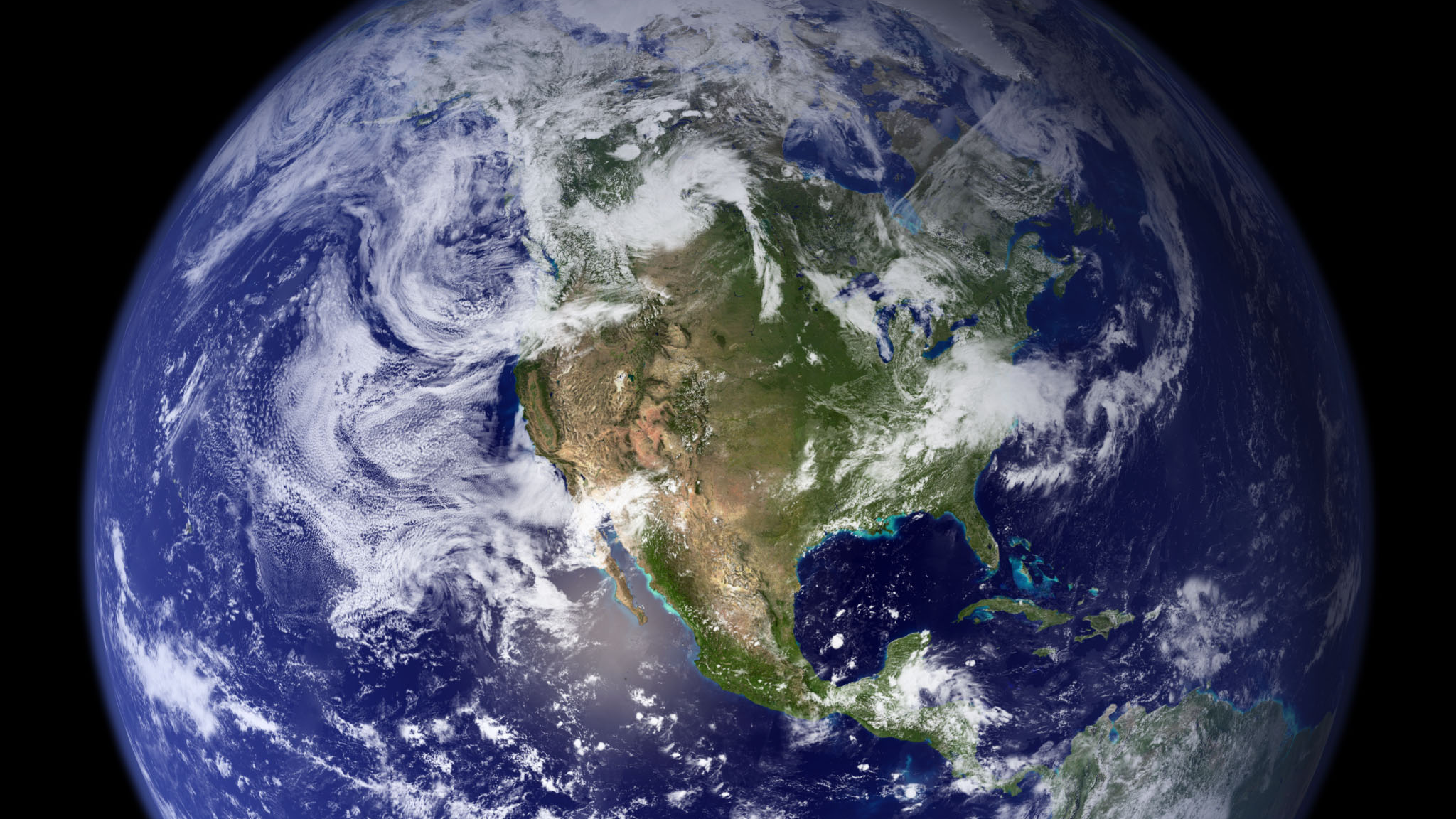
The blue marble effect
Whilst we were once earthlings confined to the boundaries of earth, we were suddenly able to travel to space. NASA spaceship Apollo 17 meant to explore space, but actually gifted humanity us a new understanding of our earthly nature.
The blue marble effect

The Alibaba road

The most wild and unpredictable systems are man made. Our economic system, for example, has become an ecology in its own right. It cannot sustain itself and feeds on our biosphere. It has become a biologic law that is arguably more threatening than the largest hurricane.
The Alibaba road
Digital geodesign
We live in a next nature that blurs the boundaries between the digital and physical world. Algorithms determine what we watch, who we talk to and even who we vote for. Our date-driven and AI based models can even design our next habitats.
Digital geodesign
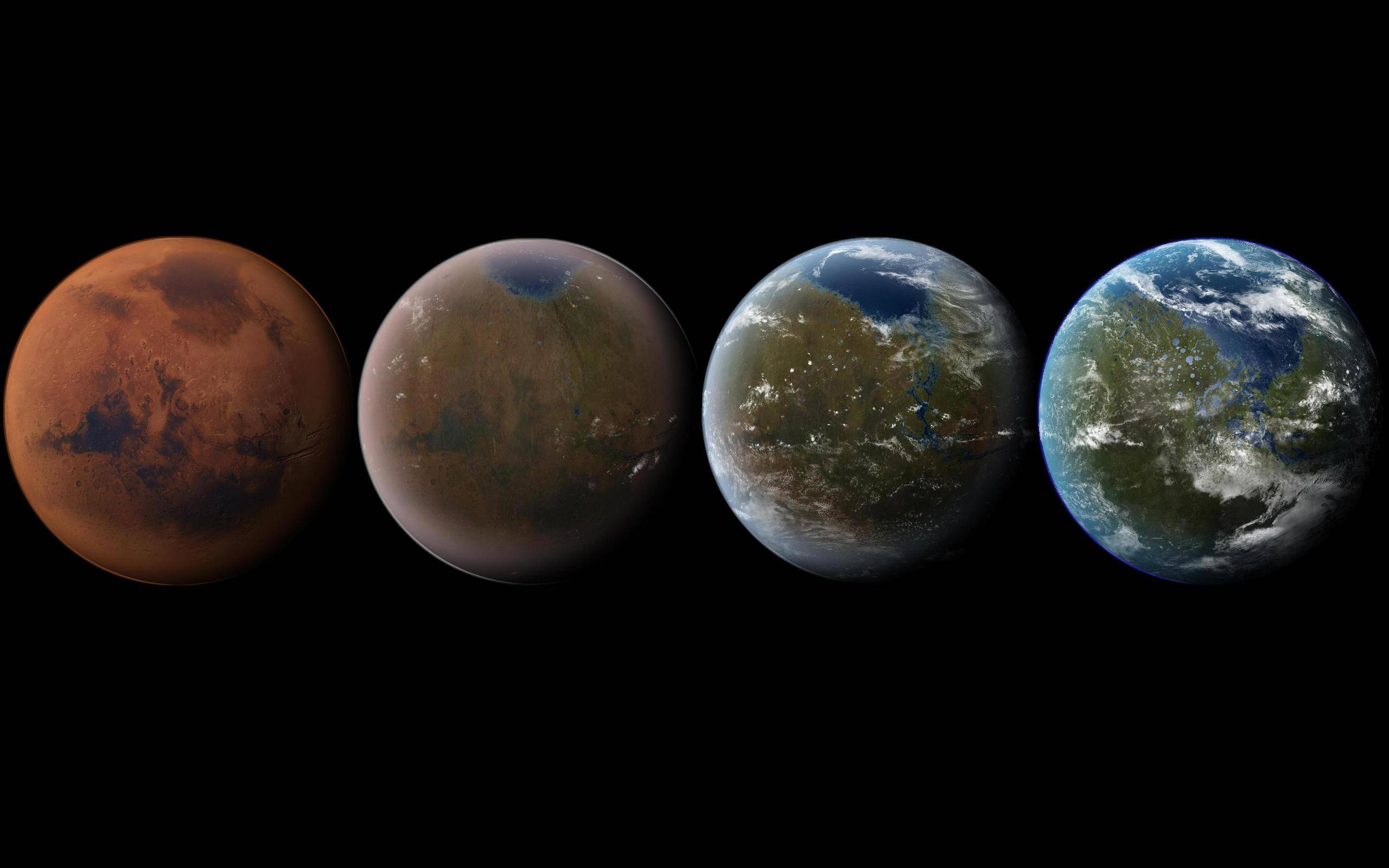
Post-human habitats

From redirecting rivers, to building dykes and palm-shaped islands from the sea, we have been terraforming our planet for centuries. We are not the only species that designs our geo. Bacteria, insects, algae colonies, and the technological systems with which we are co-evolving all have a dynamism and an agenda. How can we communicate with non-human agents to design our post-human habitats?
Post-human habitats